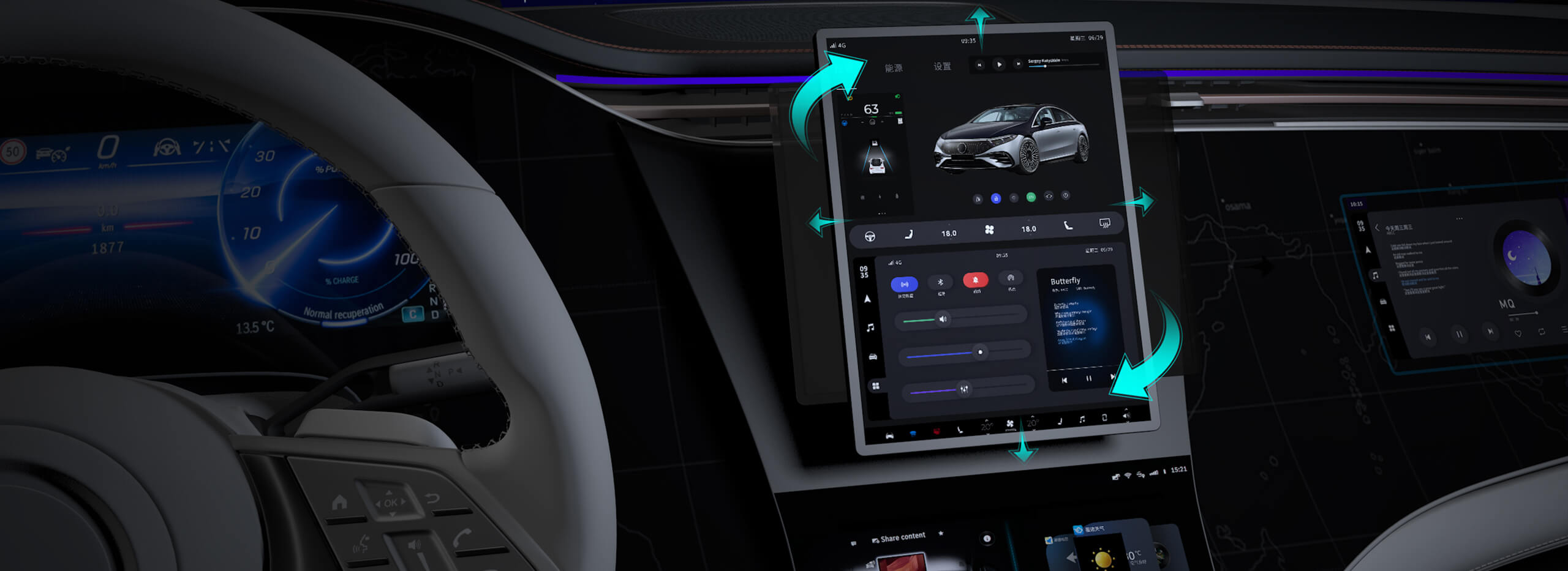Imagine diving into a world where tiny motors pack a punch—micro servos that make your Arduino projects come alive. You’re tinkering along, and suddenly, that tiny servo whirs to life, moving precisely where you need it. It’s almost addictive. That’s the magic of integrating micro servos with Arduino and simulating everything beautifully in Tinkercad. This combo isn’t just a hobbyist’s dream; it’s a game-changer for anyone looking to push their creative boundaries.

Micro servo motors are built to offer impressive precision in a small package. Think about robotics projects where space is tight—you can’t afford bulky motors clogging up your design. A micro servo offers just enough torque and speed, so you can make that robotic arm grasp objects or that automated camera tilt just right. Thanks to their compact size and easy control, they fit seamlessly into tight spaces inside drones, security robots, or even art installations.
Now, pairing these tiny motors with Arduino microcontrollers is where the real fun begins. Arduino’s simplicity acts like a friendly bridge, guiding the servo to move exactly as you program it. Combining that with Tinkercad lets you prototype without wiring a thing—drag and drop, simulate, tweak, then see your code and hardware sync in real-time. It clarifies how voltage, PWM signals, and timing affect motion, which is often a mystery in physical builds. The simulated environment minimizes errors. Can you imagine how much time that saves when you're testing multiple configurations? No more guesswork, just pure experimentation.
You might ask—“How reliable are these micro servos in real-world projects?” Well, as long as you're mindful of their limits. They’re usually rated for a few thousand repetitions, so they last if used within their parameters. They’re also quite affordable, meaning you can experiment freely without breaking the bank. The real beauty is in the customization. For example, if you want to automate a curtain or create a miniature robot that dances to your tunes, micro servos handle both tasks effortlessly.
There’s also a certain charm in understanding how these components work under the hood. It’s like decoding a tiny, mechanical language. Once you get the hang of PWM control signals, adjusting speed and position becomes second nature. Plus, when you see a servo smoothly move in sync with your code in Tinkercad, it’s like an instant reward—your project isn’t just a plan anymore; it’s becoming tangible.
So, whether you’re remixing a drone, designing a remote-controlled vehicle, or just tinkering for fun, micro servos with Arduino open up endless possibilities. Paired with Tinkercad, they offer a safe, quick, and efficient path to bring your ideas from concept to virtual prototype—without the mess, noise, or frustration of debugging wired setups.
And honestly, isn’t that what keeps us hooked? Seeing small components doing big things, all controlled from your favorite platform, makes every project a little more exciting. That’s the power of micro servo motors on Arduino—small but mighty, ready to take your next creation to new heights.
Leveraging innovations in modular drive technology, Kpower integrates high-performance motors, precision reducers, and multi-protocol control systems to provide efficient and customized smart drive system solutions.




































